CRITICAL ILLNESS NEURO-MYOPATHY
What is Critical Illness Neuro-Myopathy?
Patients who a very ill in the ICU are at risk of developing severe weakness of limb muscles and of respiratory muscles. This is known as Critical Illness Neuro-myopathy. The weakness of respiratory muscles will result in patient requiring prolonged ventilator support.
Who develops this condition?
It is estimated that 50% of extremely ill (patients with below-mentioned risk factors) patients may develop this condition.
Risk Factors for developing Critical Illness Neuro-myopathy:
Severe Infection (sepsis)
Multi-Organ Dysfunction
Patient on Ventilator for more than 3 days
Very high sugars
Prolonged Immobility
Use of certain medications (high dose steroids, Neuro-muscular blocking agents)
How can we try to prevent it?
Prevention would mainly include early use of limb and chest physiotherapy, good sugar control, avoiding the use of neuromuscular drugs/steroids( unless they are necessary which they often are in ICU settings).
Despite the above measures, however, many patients still develop this illness.
How to diagnose it?
The doctor will suspect CINM when a patient develops symmetrical weakness of all limbs or a patient who is unable to breathe without ventilatory support. Patients facial and eye muscles are generally uninvolved in this entity.
Next, the doctor may undertake certain tests like EMG-NCS to confirm this diagnosis. This test may, however, be difficult to perform as many patients may not be able to cooperate during such testing. The Doctor may also do tests to rule out myasthenia gravis and Guillain-Barre syndrome both of which present very similarly to this condition.
How to treat it?
There is, unfortunately, no specific therapy for this illness once it has set in and following the same preventive measures (as above) may prevent its further progress.
Your doctor may have to advise a tracheostomy insertion and/or stomach feeding tube insertion.
Prognosis:
Recovery often takes a very long time and patients may not recover completely even after a year.

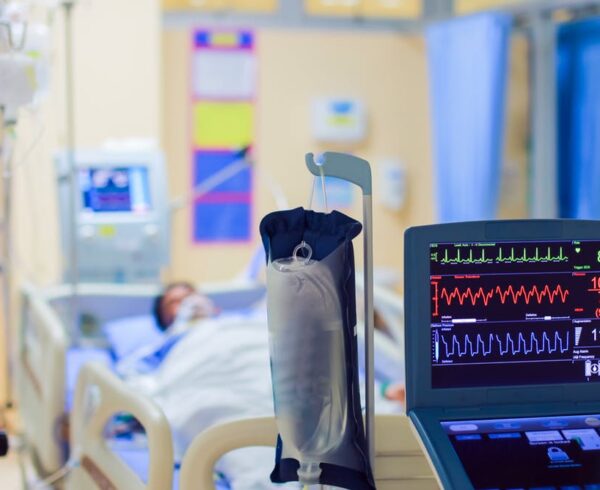
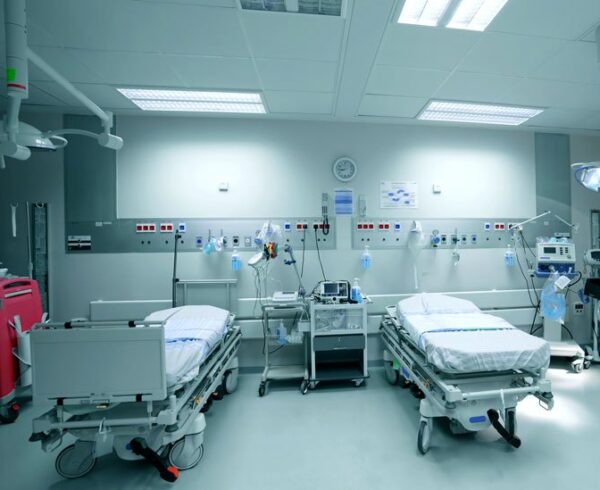
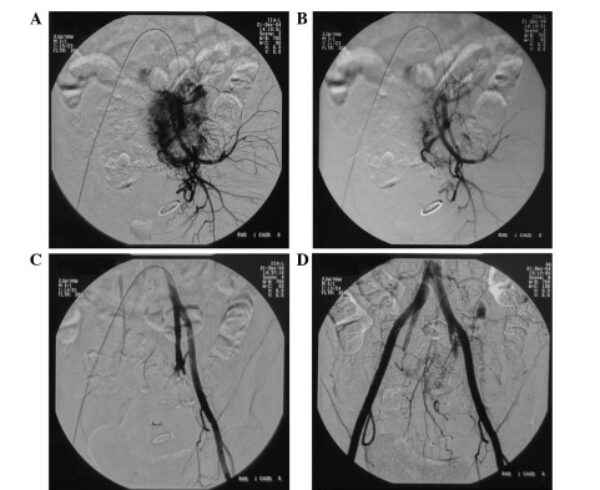
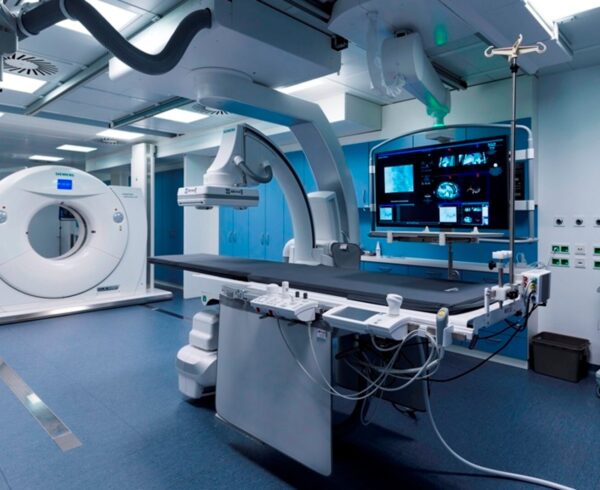
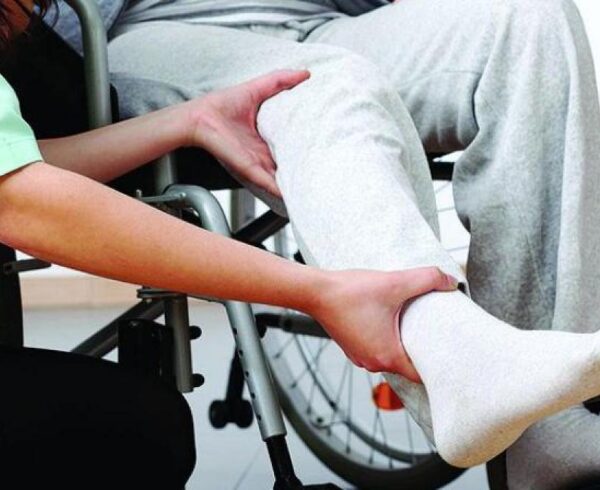
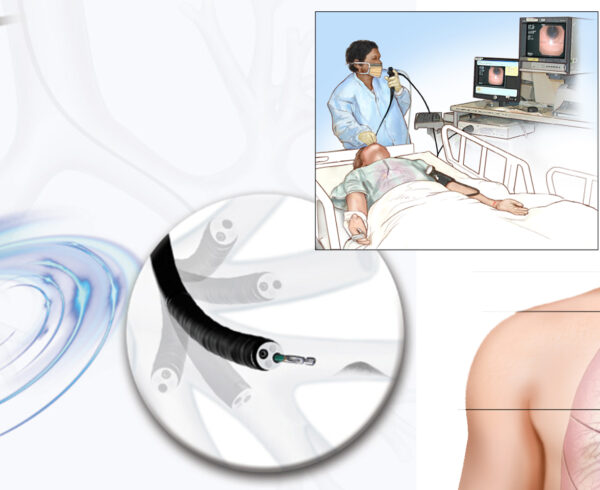
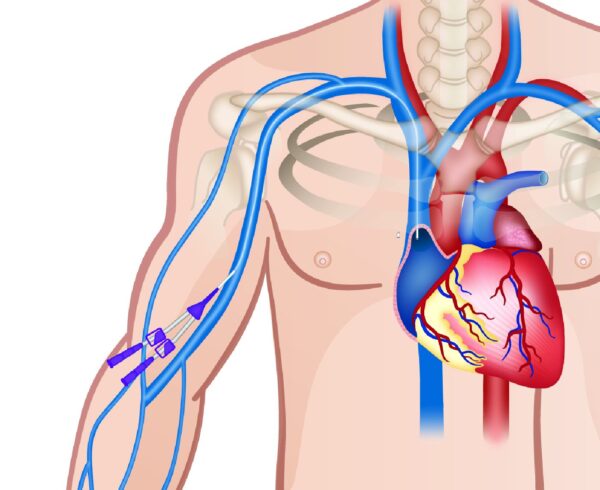
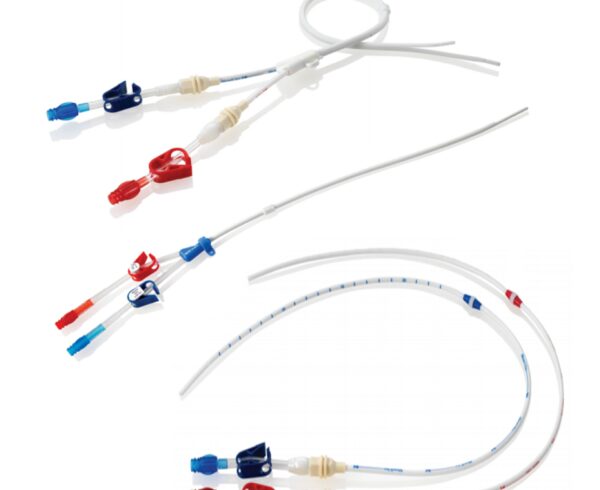

Ask a Question?